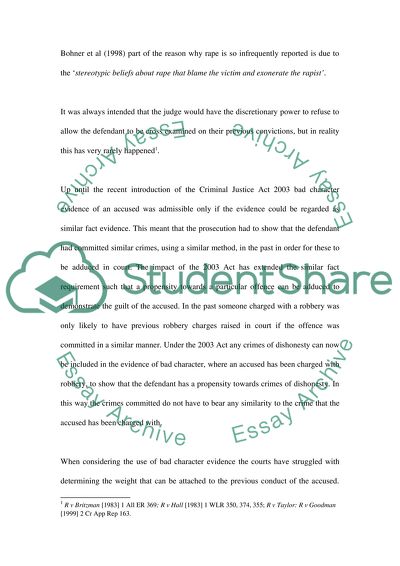Cite this document
(“The courts decisions over the last twenty-five years or so reveal a Essay”, n.d.)
Retrieved from https://studentshare.org/miscellaneous/1546428-the-courts-decisions-over-the-last-twenty-five-years-or-so-reveal-a-remarkably-confusing-approach-to-the-purpose-of-cross-examination-under-s1fii-criminal
Retrieved from https://studentshare.org/miscellaneous/1546428-the-courts-decisions-over-the-last-twenty-five-years-or-so-reveal-a-remarkably-confusing-approach-to-the-purpose-of-cross-examination-under-s1fii-criminal
(The Courts Decisions over the Last Twenty-Five Years or so Reveal a Essay)
https://studentshare.org/miscellaneous/1546428-the-courts-decisions-over-the-last-twenty-five-years-or-so-reveal-a-remarkably-confusing-approach-to-the-purpose-of-cross-examination-under-s1fii-criminal.
https://studentshare.org/miscellaneous/1546428-the-courts-decisions-over-the-last-twenty-five-years-or-so-reveal-a-remarkably-confusing-approach-to-the-purpose-of-cross-examination-under-s1fii-criminal.
“The Courts Decisions over the Last Twenty-Five Years or so Reveal a Essay”, n.d. https://studentshare.org/miscellaneous/1546428-the-courts-decisions-over-the-last-twenty-five-years-or-so-reveal-a-remarkably-confusing-approach-to-the-purpose-of-cross-examination-under-s1fii-criminal.


